
With Steve Orlando currently penning a slew of titles for DC, there’re always going to be some books that work better than others. Having previously helped out on the first crossover of the Rebirth era, Batman: Night of the Monster Men, Orlando is also helming the newly revamped Supergirl and heading up a big chunk of Justice League of America prelude titles including the main book itself.
One such title is this week’s Justice League of America: The Ray Rebirth #1, which sees Orlando team up with Stephen Byrne on art duty to reimagine one of the Ray’s previous incarnations, Raymond “Ray” Terrill. This issue spends a large amount of time establishing a pretty glaring metaphor for Ray’s life as the infamous “Pennsylvania Night Boy” who’s trapped inside his house due to a deadly aversion to light and his sexuality.
Orlando has made a name for himself creating and championing diverse characters, and his ability to handle well-rounded figures who don’t fit into the traditional realms of “comic book hero” is well-documented – just check out his creator-owned Namesake over at BOOM! Studios for evidence of that.
That being said, Ray’s introduction here feels a little heavy handed, perhaps due to the consistent use of expository first person narration that flows throughout the issue. This first half of The Ray feels like it’s almost dragging you along, and might have benefited from a lighter script to allow Byrne to experiment a little with the darkness of Ray’s origin.
In The Ray #1, Orlando and Byrne tick all the standard origin story boxes. We get to see a nervous hero coming to terms with what makes him different, before getting to work on some street level villains, teeing up a love interest and setting himself up for a bigger bad further down the line. Byrne has fun with different types of light, and there’s an enjoyable experimentation with the different wavelengths that Ray’s able to work through that plays out nicely in terms of visuals.
It’s fun to see Ray oscillating from visible light to invisible to ultra-bright, and his ability to redesign his own look on the fly with manipulated light is definitely a nice touch. Byrne’s also pulling double duty coloring his own work and it pays off, with an issue that utilizes the interplay between blaring light and total darkness to its distinct advantage.
Unfortunately, though, Byrne’s art isn’t enough to really pull this issue up from the middle of the pile. Orlando is usually pretty nuanced when it comes to interweaving social issues with comic book violence, but this instalment’s story feels almost secondary to the message.









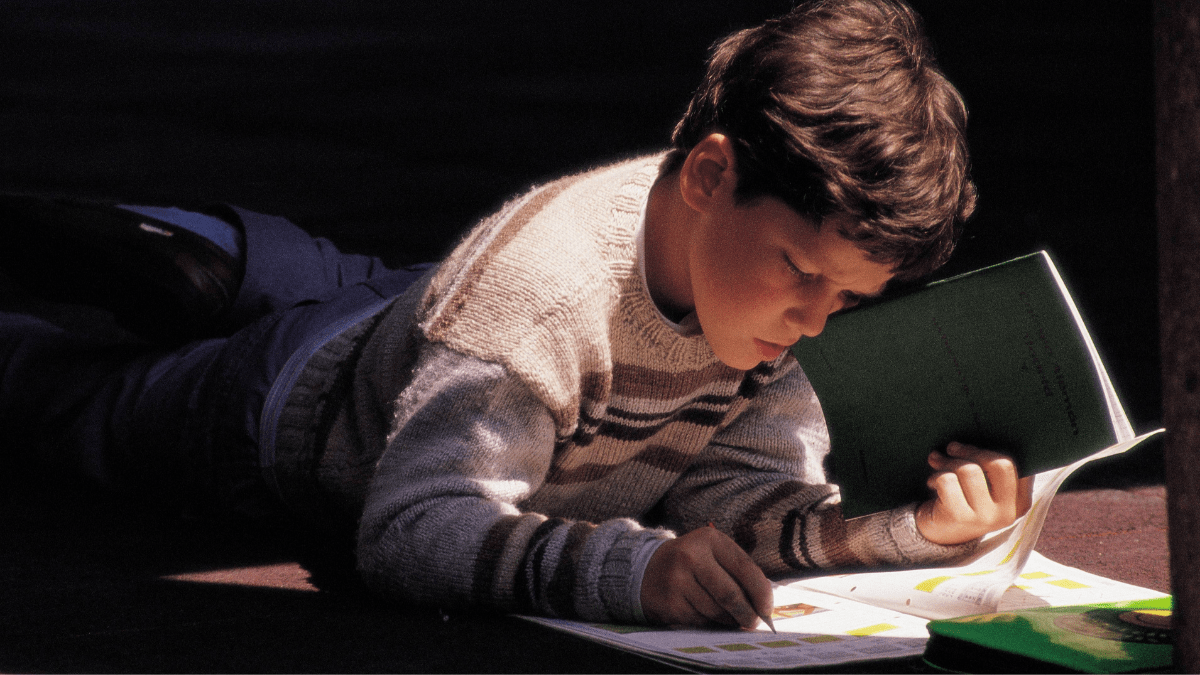
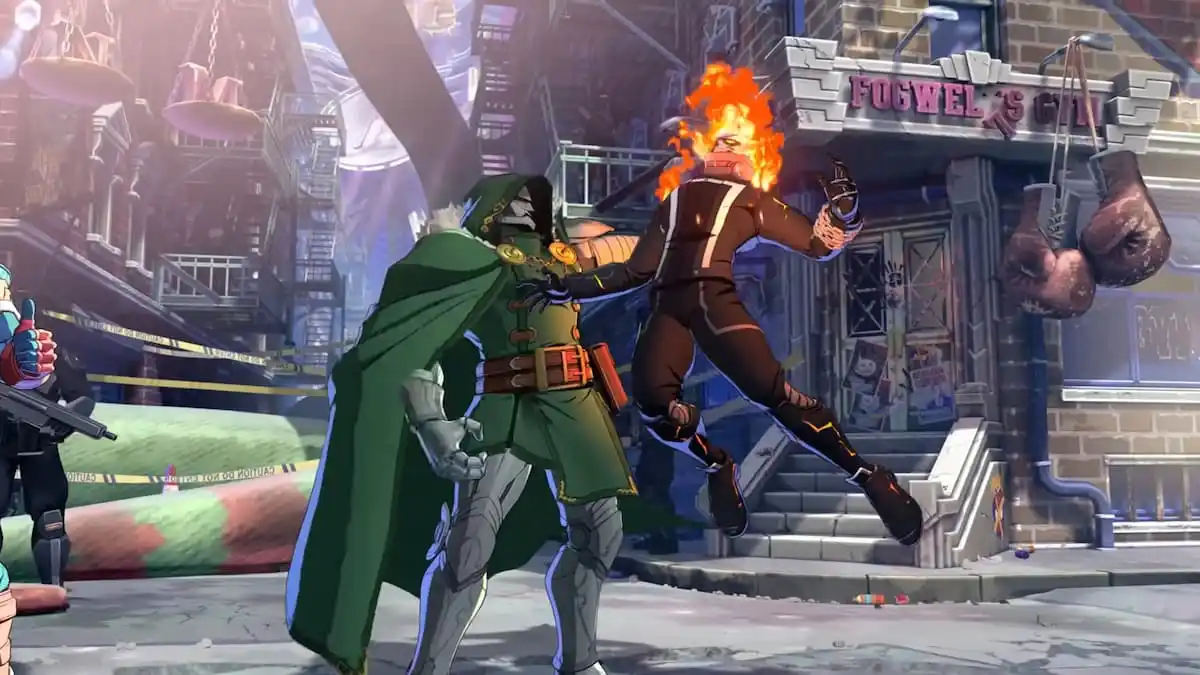


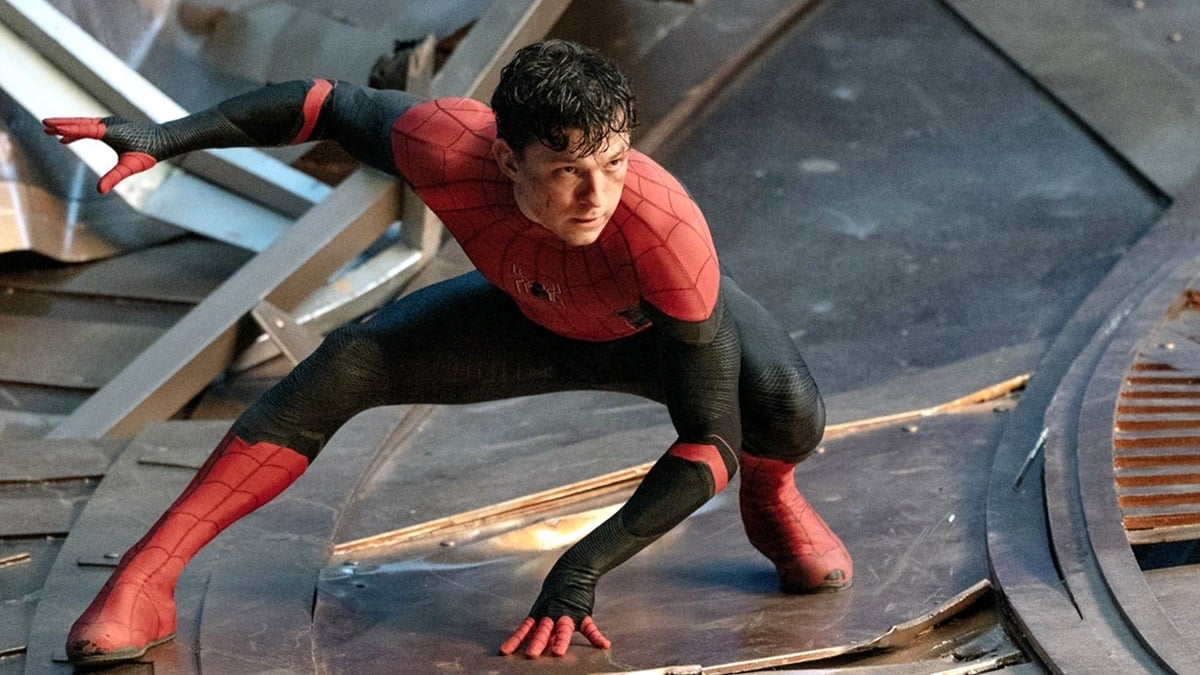
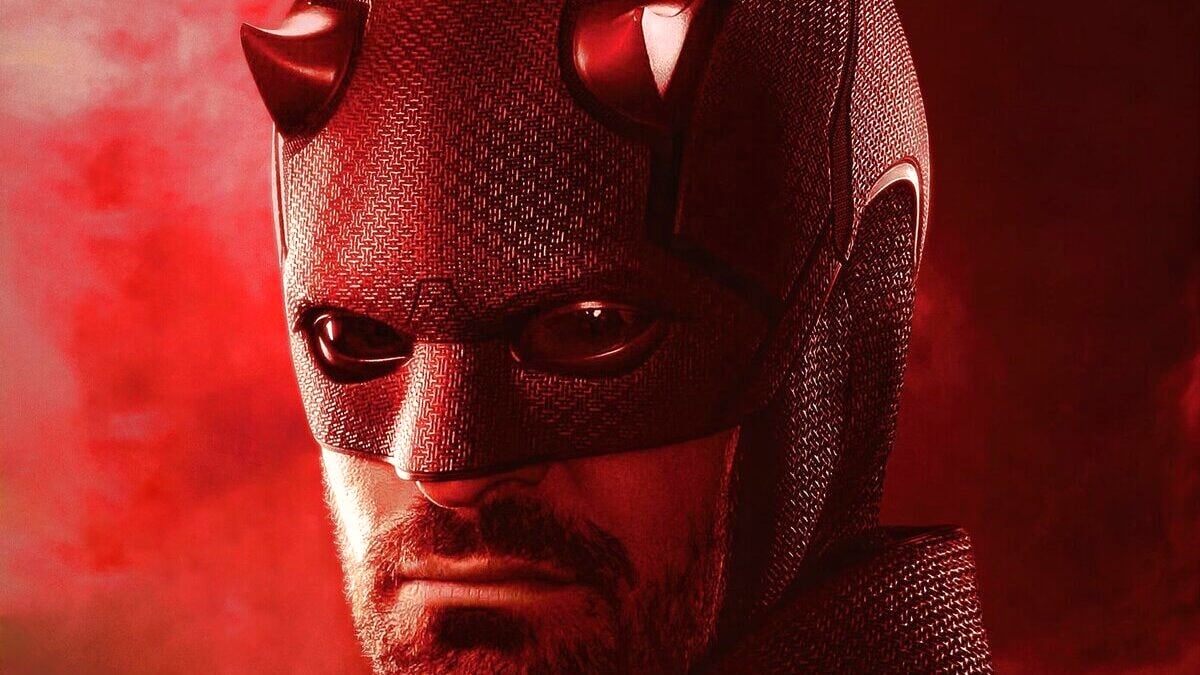
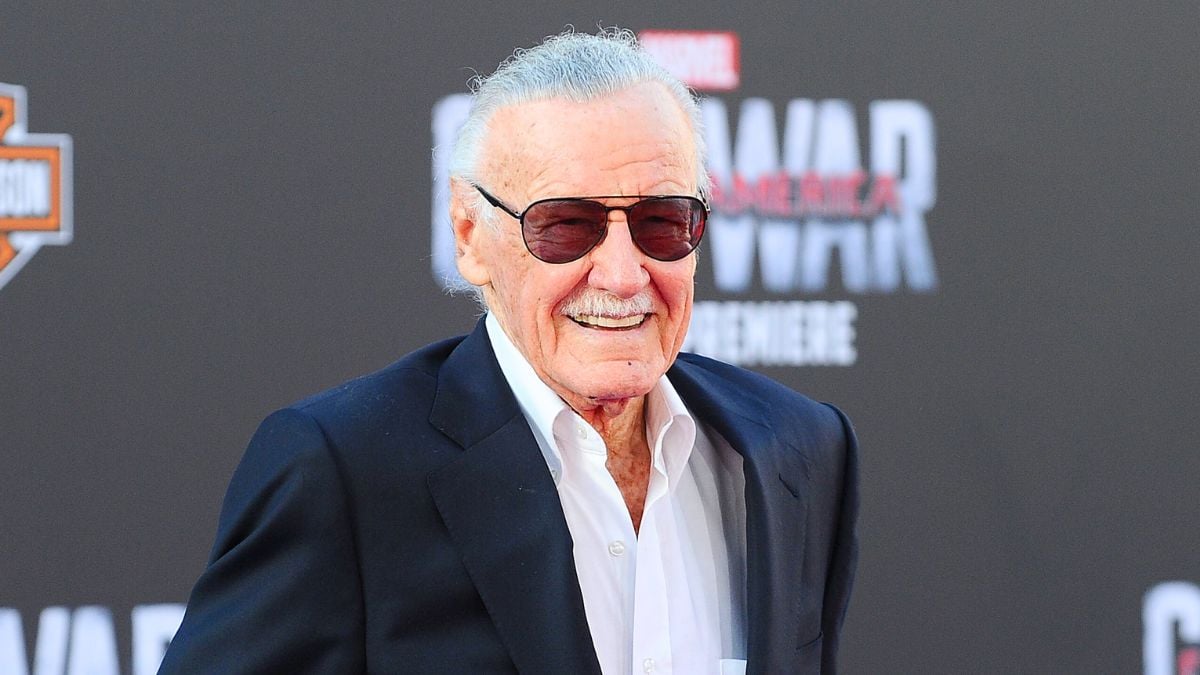
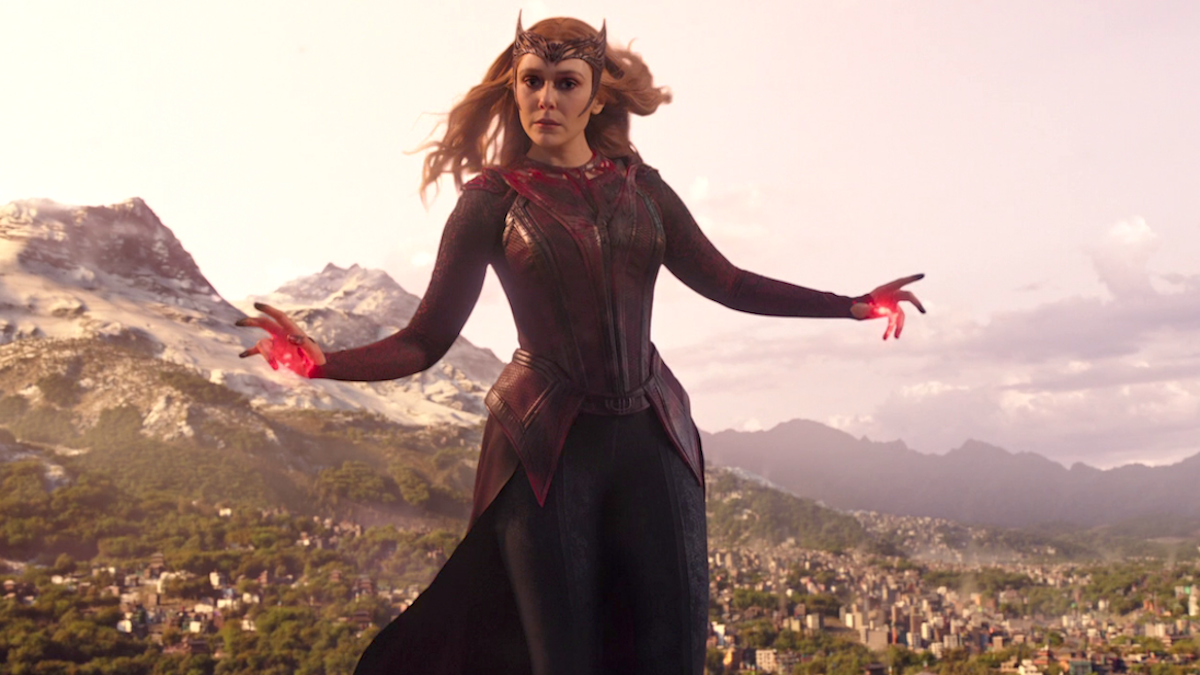
Published: Jan 19, 2017 08:17 pm